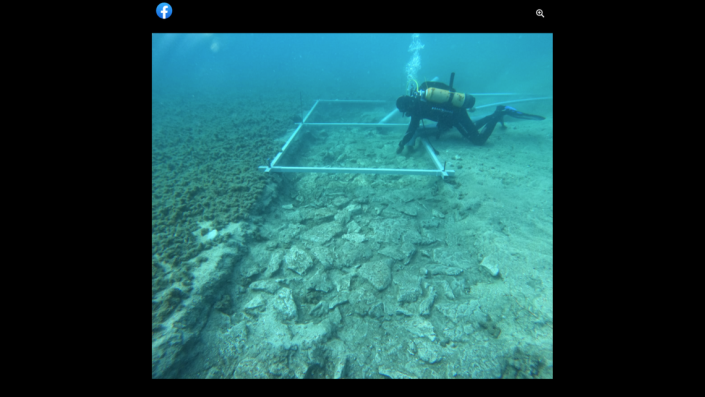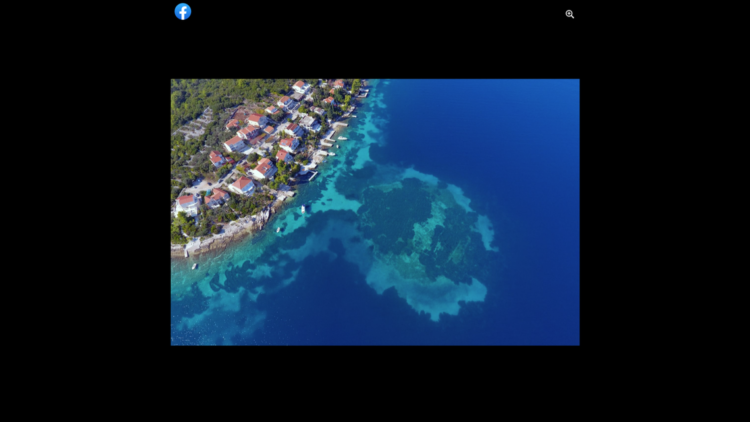The Mediterranean nation of Croatia is known for its beautiful waters, pebbled beaches and ancient history.
But, what lies under the surface of the water can be just as breathtaking.
In new research released by the University of Zadar, the country’s history extends to the seafloor.
During an archaeological excavation of the waters off the coast of Korčula Island, researchers found the remains of an ancient road, created by carefully stacked stone plates about 12 feet across, according to a Facebook post from the university.

The road connected the mainland to the now sunken prehistoric settlement on the island about 15 feet below the water’s surface.
The researchers used radiocarbon dating to analyze preserved wood found along the road, which dated the road and the settlement to about 4,900 B.C.
Along with the stonework, researchers also found other neolithic artifacts, including blades and axes, 7,000 years old.
Modern day Croatia began as part of the Western Roman Empire before being settled by the Slavs in the 6th and 7th centuries, according to Encyclopedia Britannica.
But before the Romans, the Neolithic people called the area by the sea home, including the Hvar people, for which the island city is named, according to the government of Croatia. They occupied the region during the beginnings of permanent settlements and the creation of earthenware.
Though power in the region would change hands countless times over the millennia, the architecture and inventiveness of the early people remained.
A constructed road leading out to an artificially made island is evidence of the culture’s ingenuity.
Google Translate was used to translate the University of Zadar Facebook post.
‘Tadpole from hell.’ Ancient predator’s skull pieced together after nearly 100 years
Snakes slither out of luggage as passenger tries smuggling 22 into India, officials say
Lump of soil hid ancient viking artifact of a mysterious animal, Norway museum says
Scientists scoop dried sand from rocky pool — and discover two new species in India
[ad_2]
Source link







